The Different Crossguard Sword Types and Styles From Europe
NO AI USED This Article has been written and edited by our team with no help of the AI
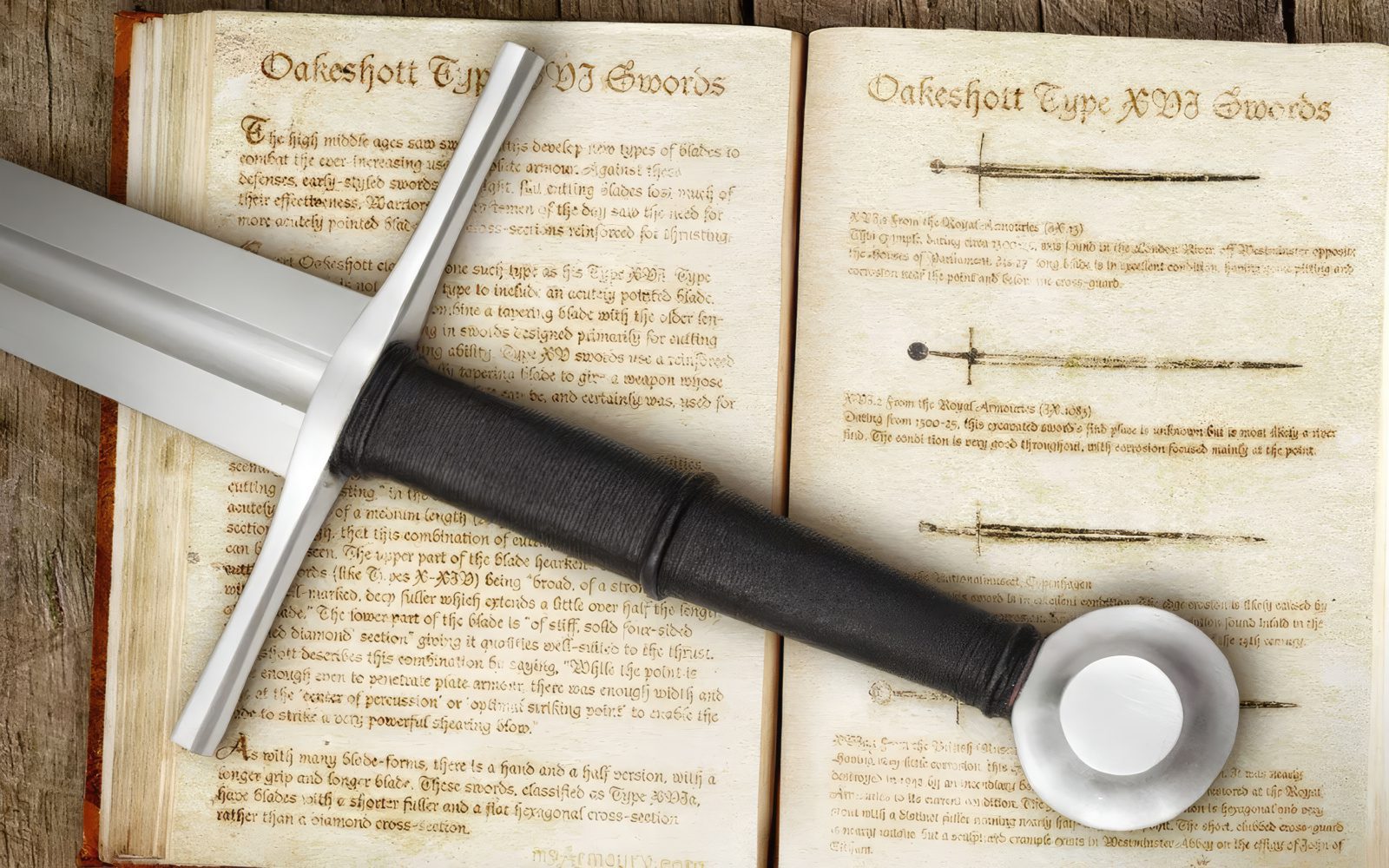
Swords are made to be weapons of war and are used in various dangerous situations. Throughout antiquity, warriors used large shields for protection, but as time passed, another form of protection was needed. This was found in the crossguard sword, which protected its wielder’s arms and hands.
One of the most popular guards in the history of swords is the European crossguard which is simple yet effective. In this article, we will review its types and their evolution through history. We will then examine some of the most popular swords with a crossguard and their benefits.
What is a Crossguard?
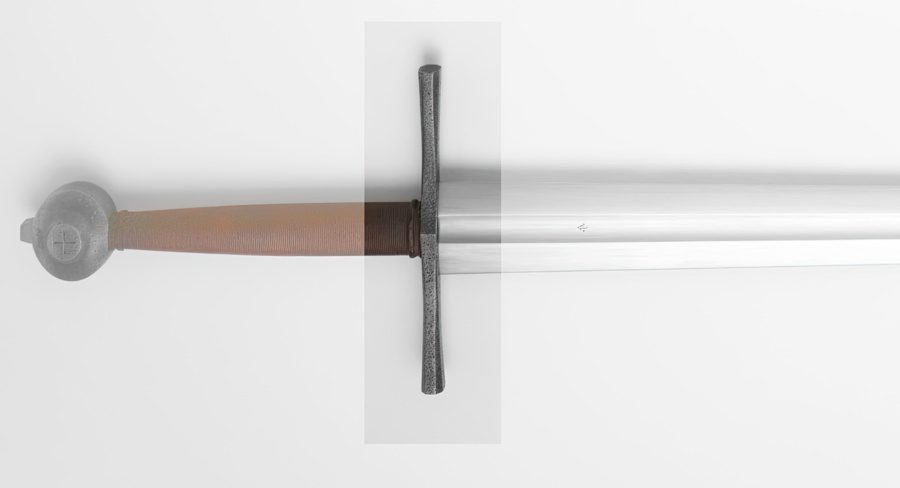
A crossguard is a type of guard primarily seen on European swords made of metal and serves as the main protection of the user’s hands. Sometimes they are referred to as metal quillons, which is not incorrect, but this term is derivative from the late 16th-century French term for quille, which translates to bowling pin. The original term for this guard would simply be the cross hence it being referred to as a crossguard today.
The prototype crossguard for blades first appeared in European medieval swords, such as the Carolingian sword, referred to as the Viking sword today. It is believed that previous blades did not feature such guards because of larger shields, such as the Roman Gladius and their scutum (shield).
It is sometimes seen on prior swords, such as early bronze swords and even the ancient Greek Xiphos blades. This guard style is made to serve as protection despite some people connecting it exclusively with the cruciform and Christianity.
Crossguard Types
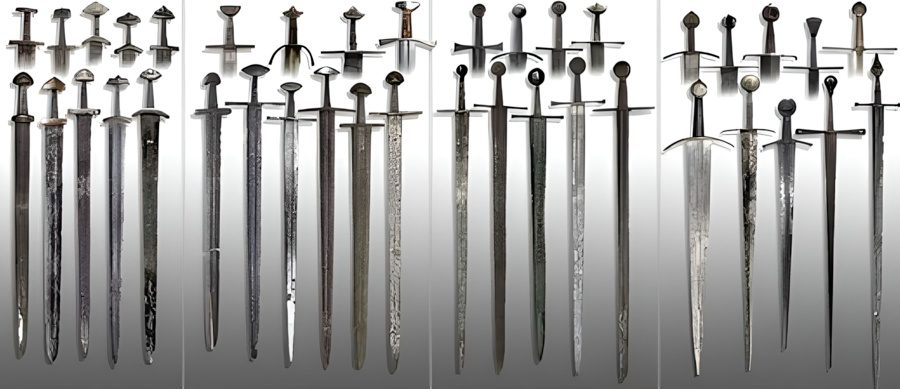
Many different types of crossguards were used throughout the world. The crossguard can be seen on the Persian Shamshir and the African Kaskara, though it first appeared and became popular in Europe. Crossguard swords were designed and manufactured from the 10th century through the 17th century, with the pattern of the cross remaining consistent.
Research has shown that a sword’s cross (crossguard) alone does not provide historical context about the blade. A crossguard style linked with the 14th century has been found on a 9th-century Viking Sword. Despite the invalidity used as a dating criterion, Edward Oakeshott, a renowned sword researcher, classified these crossguards into twelve styles.
Style One
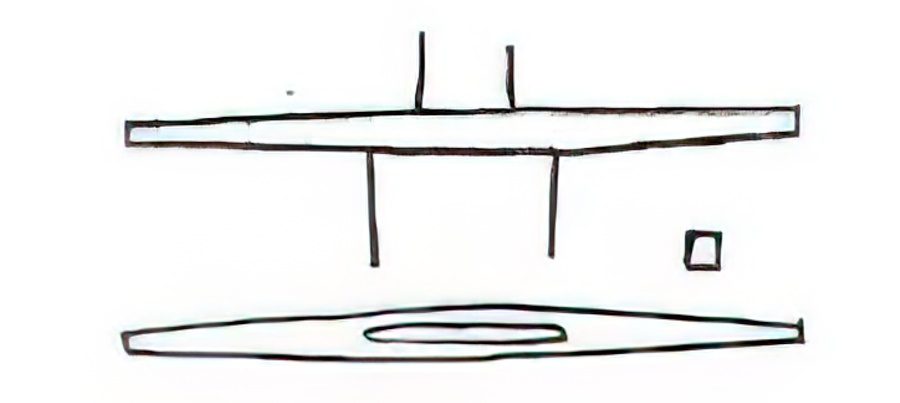
The simplest type of crossguard was first discovered on Viking swords. They feature a metal horizontal bar that extends to the sides of the blade’s edge. This style of a crossguard usually tapers toward the end of the guard metal quillons and was first found dating back to the 10th century.
The Vikings called this weapon Gaddhjalt, which in Old Icelandic translates to Spike-Hilt. It was a common guard used in battle and remained present on some Renaissance swords.
A less sophisticated version of this style has a plain straight rod that extends from the mid-guard core to the sides of the edges. The middle section can be square, circular, or octagonal.
Style Two
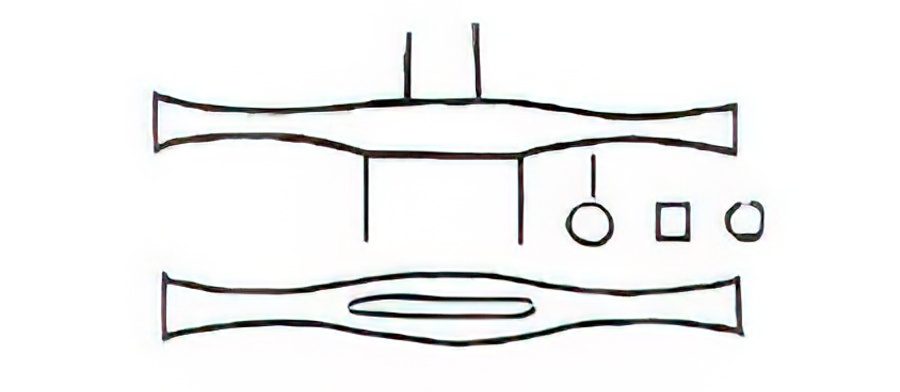
This second style features a more elaborate design. The central section is wider, providing more power and strength, while the quillons are waisted and broadened toward their ends. The midsection of this crossguard is often square and can be slightly octagonal, with the end of the crossguard quillons sharply squared off.
Style Three
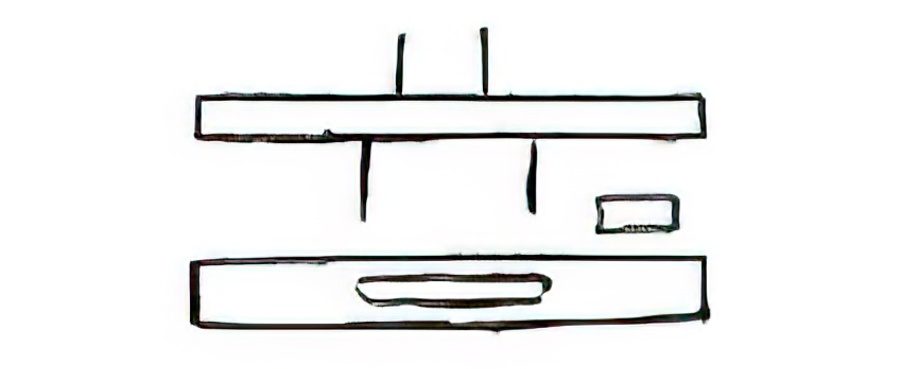
This simple design features a stout, sturdy, broad, and flat rectangular core guard that is always short in length. The edges of the metal quillons are sharply squared. This simple yet effective weapon was popular in Europe during the 12th and 13th centuries.
Style Four
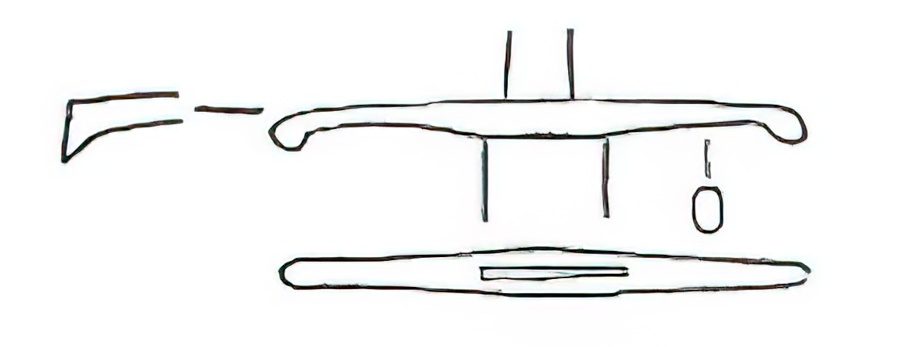
The fourth style of crossguard features a straight horizontal tapering guard, as seen in previous styles. However, in this style, the quillons are more elaborate and have downward tips, pointed and parallel with the tapering blade of the double-edged sword. The ends of the quillons can be cut off square or sometimes knobbed.
Style Five
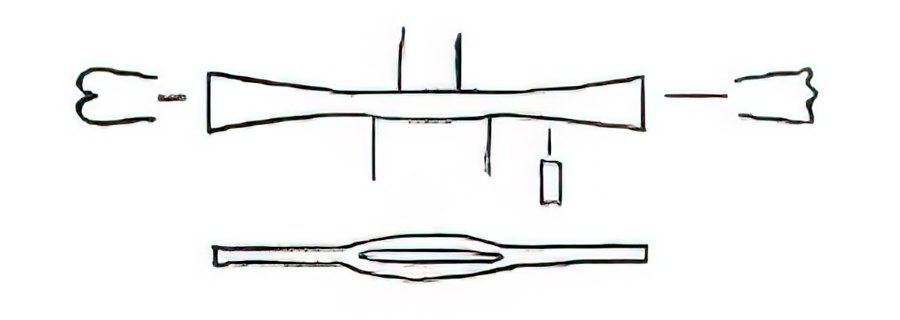
The fifth style of crossguard is the popular “bow tie.” The quillons of this guard are flat and broad, extending further away from the guard’s core as they widen. These were also popular guard styles commonly seen on swords used for ceremonies or decorative purposes.
The first types of designs for this crossguard were straight, but there are some instances where they curve if the person who ordered the sword wanted it designed this way.
Style Six
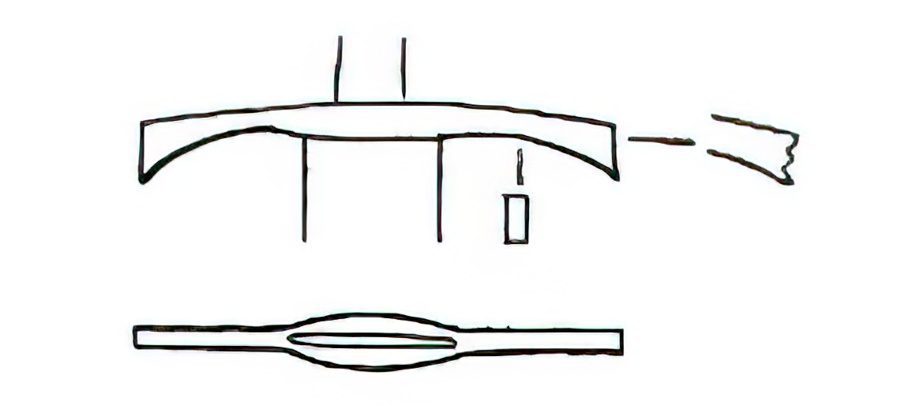
Style six is essentially the curved version of crossguard five, and it could be the first design of a curved crossguard that starts from the core itself. It is thin on the side while extending horizontally, and the quillons end with a sharpened square edge that gives it a unique curve.
Style Seven
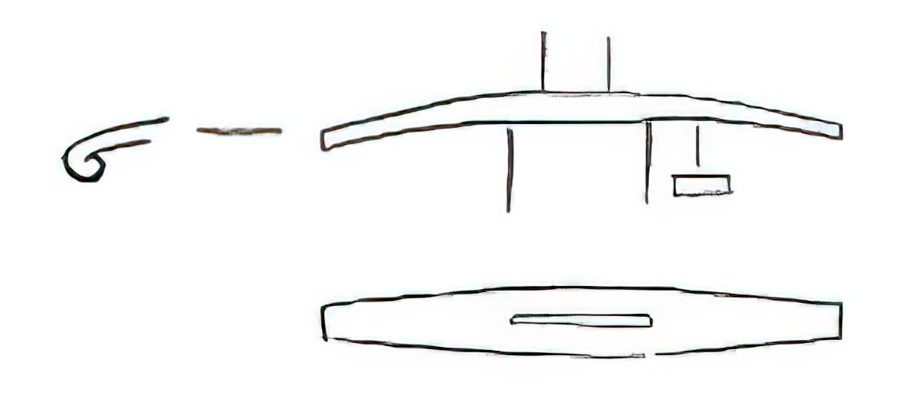
This guard looks straight from above but curves inward toward the blade. It has a ribbon-like pattern and is fairly broad, giving the user room to lean his hand on. This type of curved guard was the most popular during the 14th century in Europe, and its Oakeshott design XVIII can take different shapes, such as ridges or pointy quillons.
Style Eight
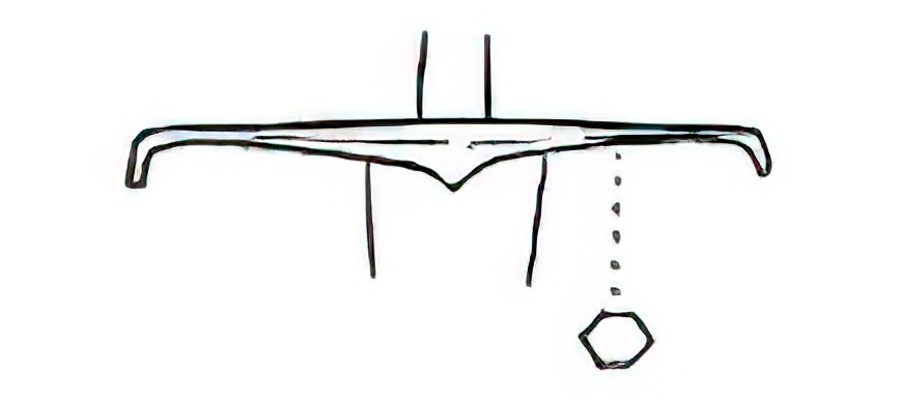
Style eight of the European crossguard is straight on the horizontal quillon arms and then tapers and curves toward the blade shape at the end. It is a style similar to the fourth type but with its section entirely hexagonal. Some examples of this type of guard are also curved throughout its entirety.
Style Nine
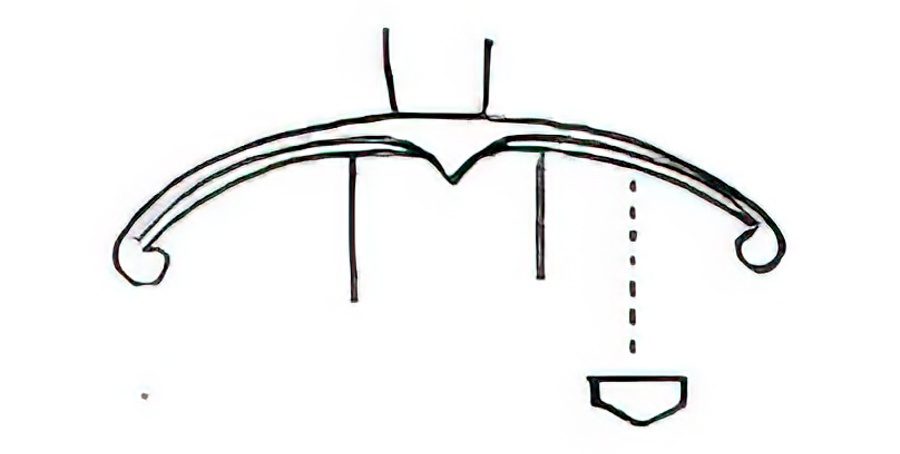
Style nine features a strong crossguard curve, and this style always ends with rolled tip quillons for aesthetic reasons while also helping to hook enemy weapons or shields. The core guard section has a V-shape, popular during the late 14th and 15th centuries.
Style Ten
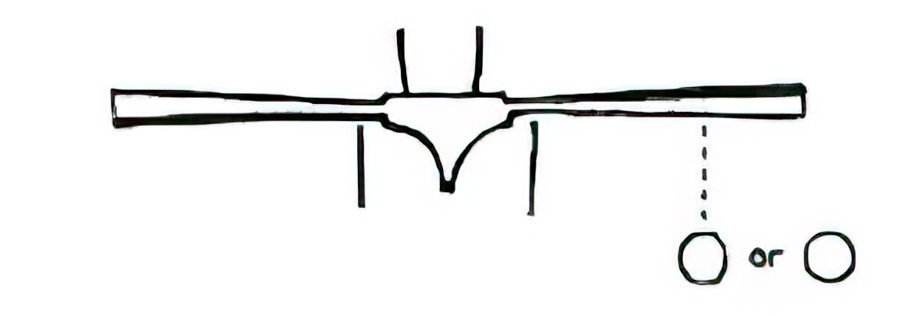
Style ten is a very large sword guard with a larger core that extends with two quillons on each side, horizontally and straight. Instead of tapering toward the end of the quillons, which is seen in previous styles, this crossguard tapers toward the central and core guard. The metal quillons may be square, octagonal, or square.
Style Eleven
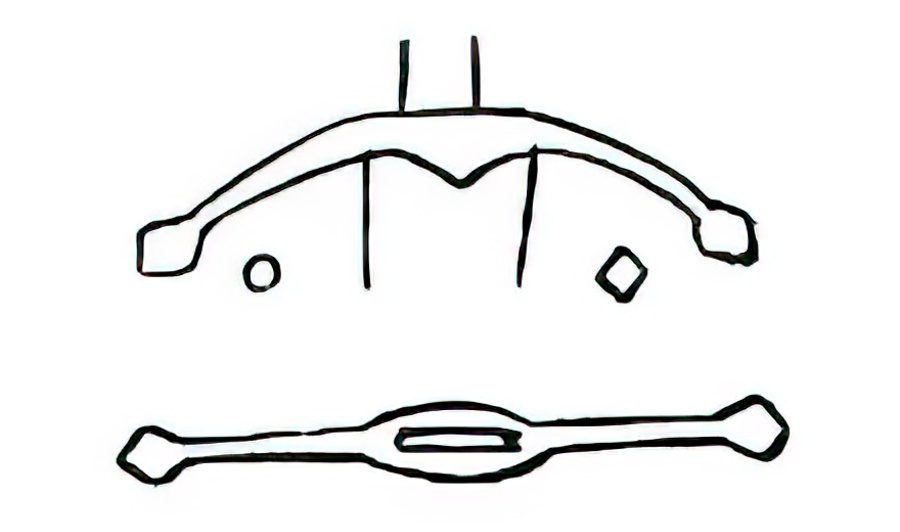
A popular 15th and 16th-century design for the crossguard features fairly longer, or at times short, quillons strongly curved toward the blade’s tip. They have knobbed ends that can be circular or rhomboid. The core section can be V-shaped, but other styles exist, depending on the user’s preference. This crossguard can also be narrowed toward the blade but straight.
Style Twelve
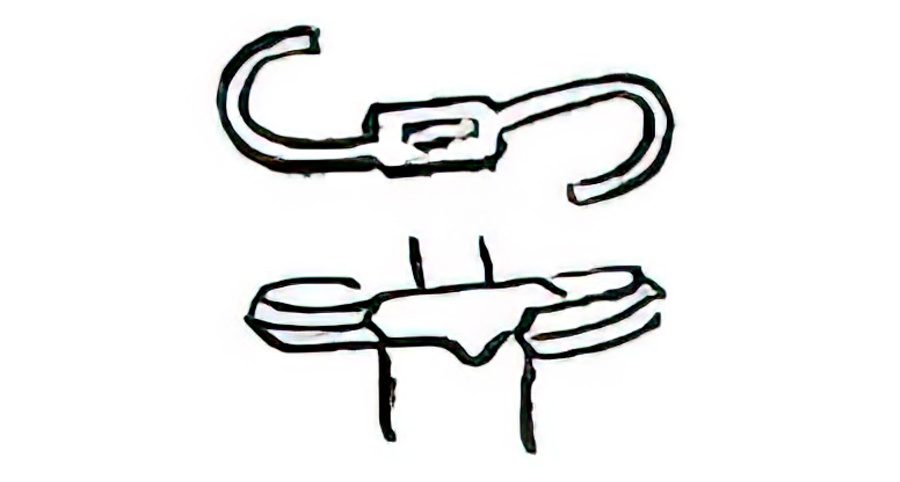
The first type of S-shaped guard was made for aesthetic purposes and can be seen in many swords found in northern Italy. They also offer unique styles of grasping and using the guard with different fighting styles for duels, including catching incoming blades. It is a guard shape commonly seen after the Renaissance and featured in many daggers.
Hybrid Types

There were many different types of hybrid crossguards seen on European swords. They featured the regular straight horizontal crossguard quillons, but they had more designs added to them. They were done for protective and aesthetic reasons.
One of the best examples is the Messer sword, which had a regular type of crossguard with a third extension called a nagel (German for nail). This was used as extra protection in case the enemy blade might be sliding through its broader side, and it also gave the sword user an extra touch of flexibility and sword maneuvering. Another hybrid style is the later rapier sword guards, which could have a typical crossguard with various other quillons around it or perhaps a cup guard or swept guard.
European Swords With Crossguard Types
The crossguard can be seen on many different swords worldwide, most often European Swords. Here we will provide information on some of the most popular European sword blades protected by different types of crossguards.
1. Viking Sword
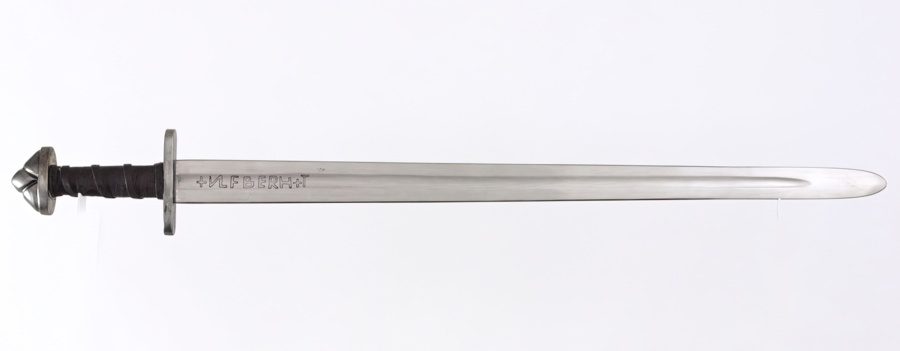
The first type of widely accepted European crossguard is the Viking Sword. Its small guard extended from the center of the blade alongside the edges. It was a simple flat crossguard made exclusively for the protection of the user’s hands but also helped provide a firm grip when combined with the larger pommel at the back of the hilt. The Viking sword was first constructed in the 6th and 7th centuries, used predominantly by Norseman, and stayed popular through the 11th century.
2. Arming Sword
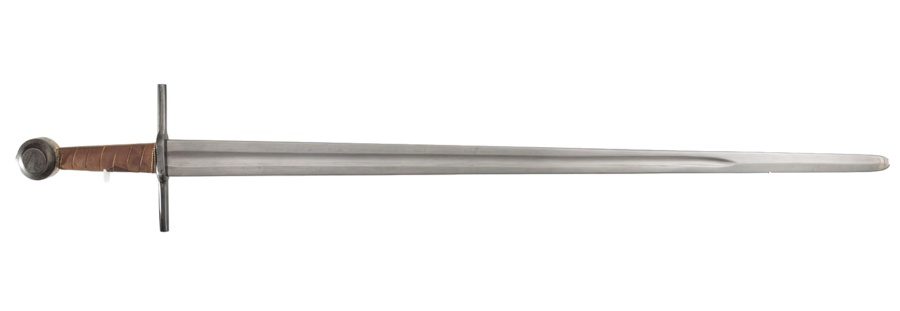
The first cruciform style of crossguard can be seen on the European arming sword, otherwise known as Knightly Sword or sometimes the Knight’s Sword, and was used predominantly during the Late Middle Ages. It has a one-handed handle with a large guard that inspired almost all of the crossguards during the time. The blade and guard length made it very effective for use with smaller shields during battle and in tournaments. It was also easy to carry in its scabbard.
3. Hand and a Half Sword
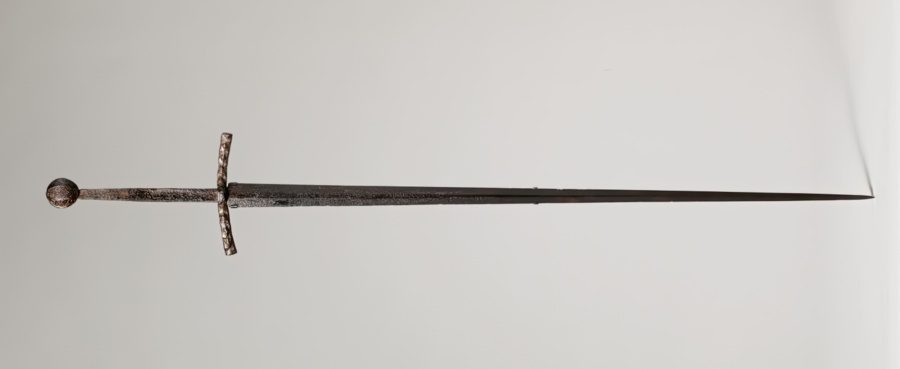
Different types of guards appeared as time passed, and the swords’ sizes and functions changed. For example, the hand-and-a-half sword, referred to as the Batard Sword, which developed during the 15th century, was a hybrid between a one-handed and a later two-handed blade. It featured curved crossguard quillons to allow for different types of attacks and was a choice weapon during The Hundred Years War between England and France.
4. Messer

German messer swords are one of the most interesting European crossguard styles because they feature an extra quillon from the outer side of the handle. The crossguard is almost always of the earlier straight types, and when combined with the extra quillon, it could offer greater defense and striking capabilities. It was commonly used in Medieval Germany throughout the 14th and 15th centuries as a daily sword for commoners.
5. Longsword
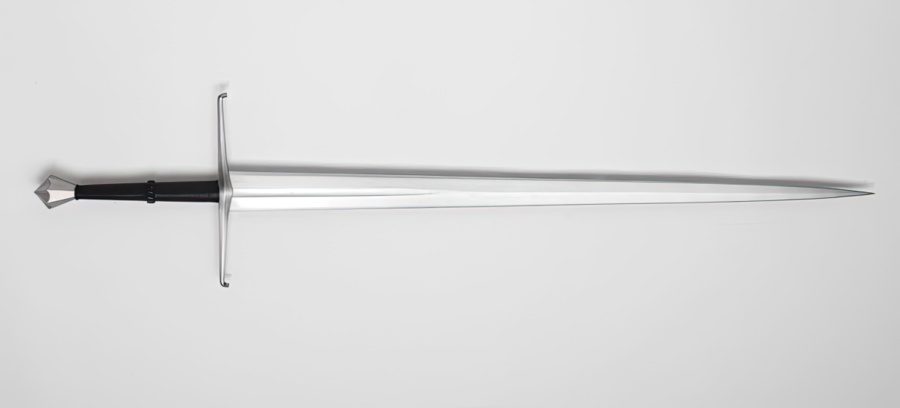
The European longsword blade had many different guard and blade shapes. Some consider it one of the most versatile weapons and the strongest sword. The longsword can feature almost all types of guards depending on the user’s preference, allowing the wielder to use it for various attack and defense moves. The longsword evolved in the 14th century and was used in the early periods of The Hundred Years War.
6. Greatswords
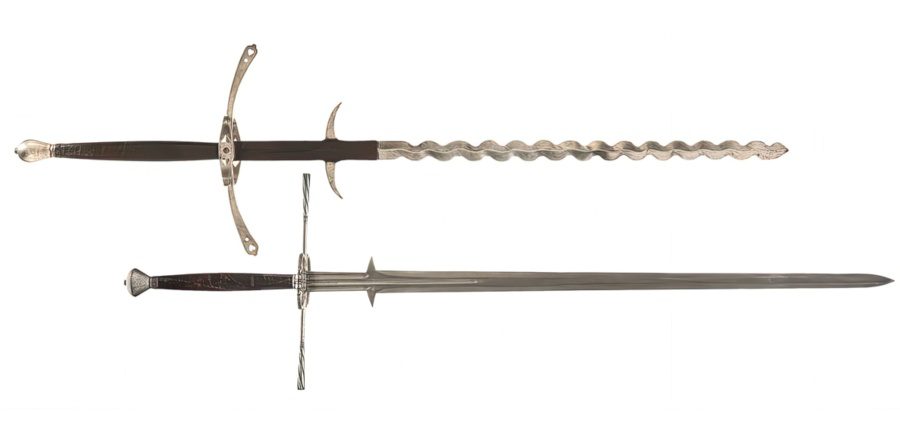
European greatswords are the largest two-handed weapons with specialized uses in battle. The Zweihander is a greatsword that could feature sizable straight or curved crossguards. Another example is the Claymore which had straight but narrowed guards toward the blade. The Zweihander was the primary weapon of the Germans during the 14th and 15th centuries.
Using a Crossguard Sword (Advantages)
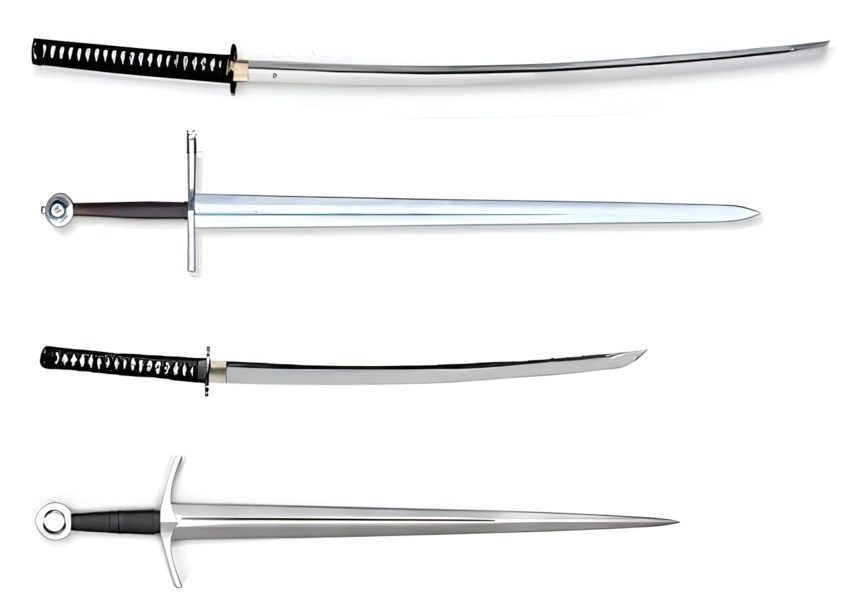
Guards can be placed on swords for practical or aesthetic reasons. They can even be commonly seen on stainless steel decorative swords not meant for sparring or real cutting use. Each of them provides different types of advantages and disadvantages. For example, a round tsuba guard on the katana will function differently than a basket hilt guard on a broadsword sabre.
Some advantages the European crossguard might offer are:
- Cavalry – The arm extending from a mounted position to reach enemy infantry required an extra defense which the crossguard allowed. Due to this advantage, a crossguard was also seen on Middle Eastern sabers.
- Protection – With the use of smaller shields, protection was needed for the soldier’s hands. This is especially true in the early years of the crossguard, as chain mail mittens had not been developed yet.
- Flexibility – Having a crossguard offers underappreciated flexibility, something that was not only understood by medieval warriors but by modern-day HEMA (historical European martial arts) practitioners. It opens up new striking and counter-attack options that can be used on long or short swords.
- Weight Balance – An appropriate guard size can offer a more balanced point to the sword, allowing for quick slashing and cutting.
- Shield or Armor Smashing – Some theorize the crossguard was a way to protect the user’s hand when bashing the enemy’s shield or armor.
- Hooking – The length of the crossguard may have allowed for some methods of hooking enemy shields or weapons.
- Religious Zeal – Because the crossguard resembled a cross, Crusaders had a religious symbol that could boost their morale in combat.

